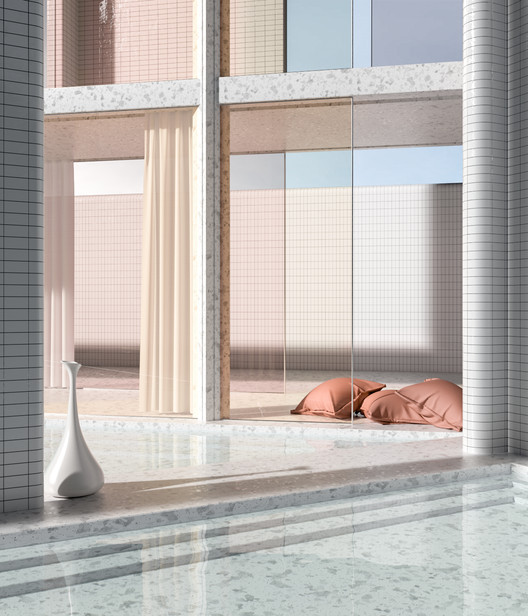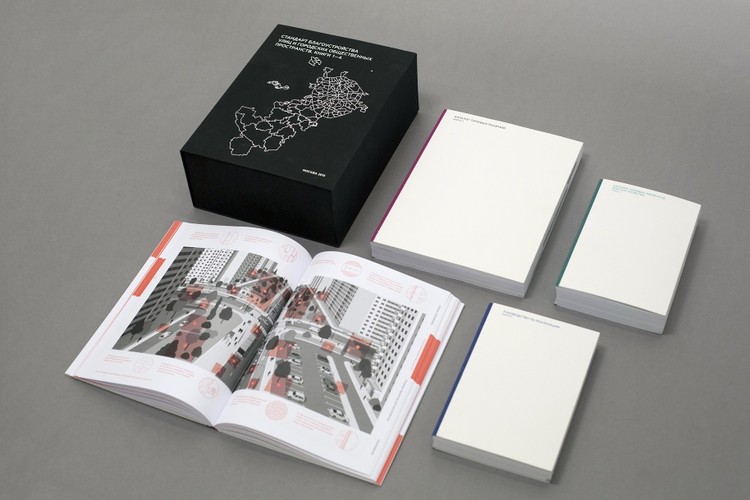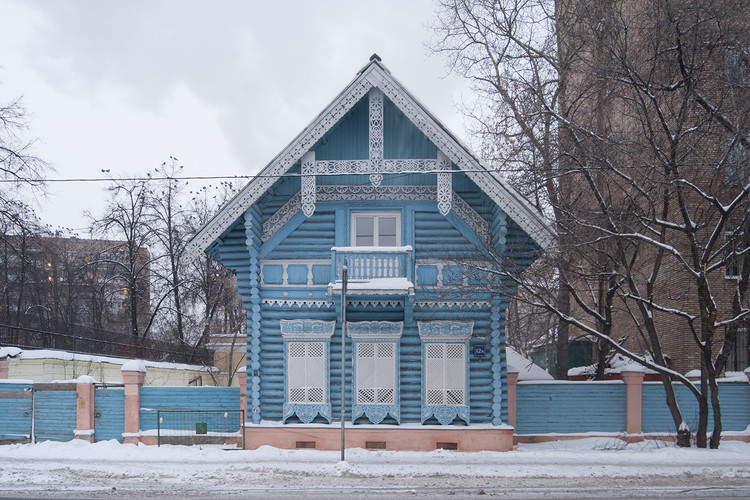
Landscape architects and urban planning team LandLAB was selected as the winner of the international competition for the seafront promenade development in Sirius federal territory. The New Zealand-based team was chosen among 68 practices and 48 countries for offering the most "efficient use of the limited space available and respecting the distinctive features of the area". The winning proposal blends the Olympic heritage with the landscape, and transforms the area into a dynamic interface that provides a stimulating environment for residents and visitors.













_(1).jpg?1587734157)
















































